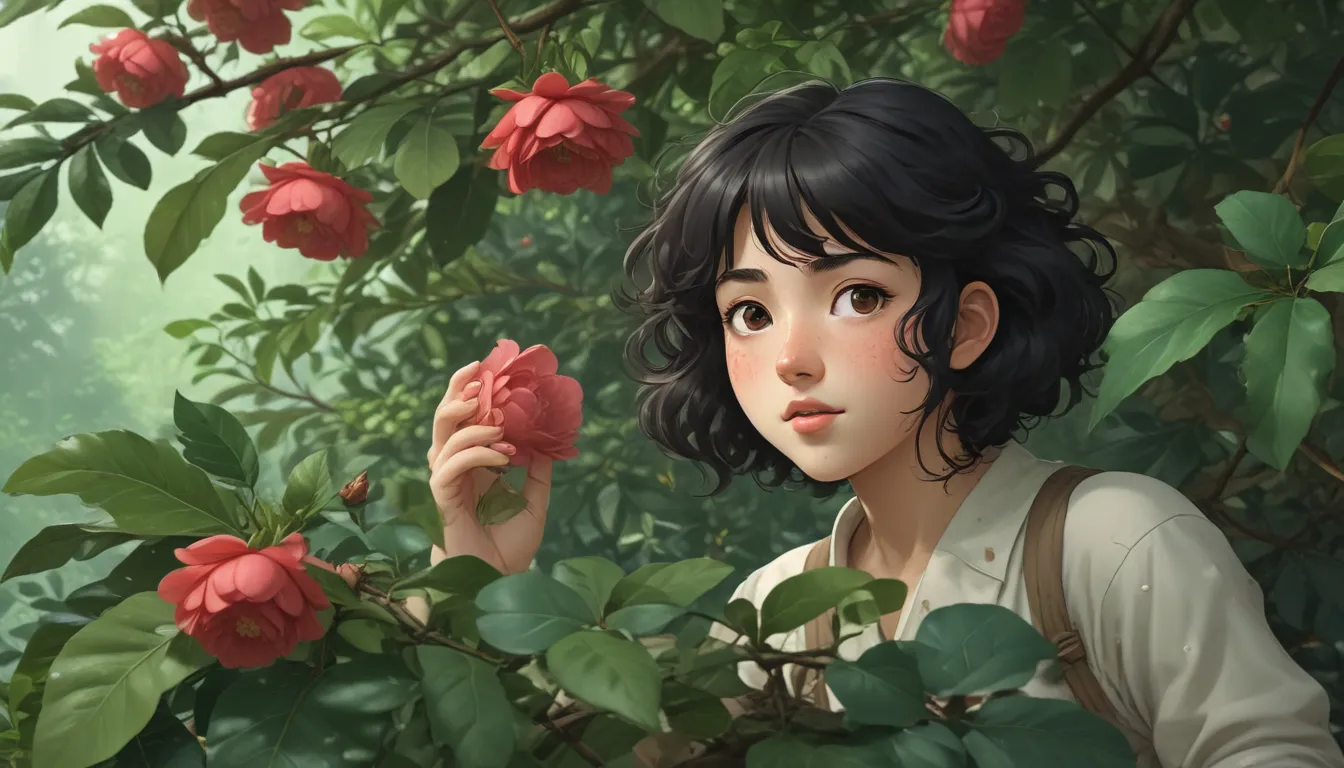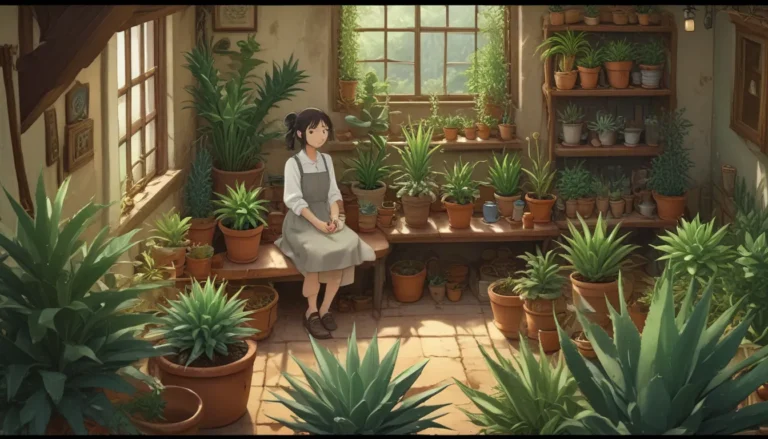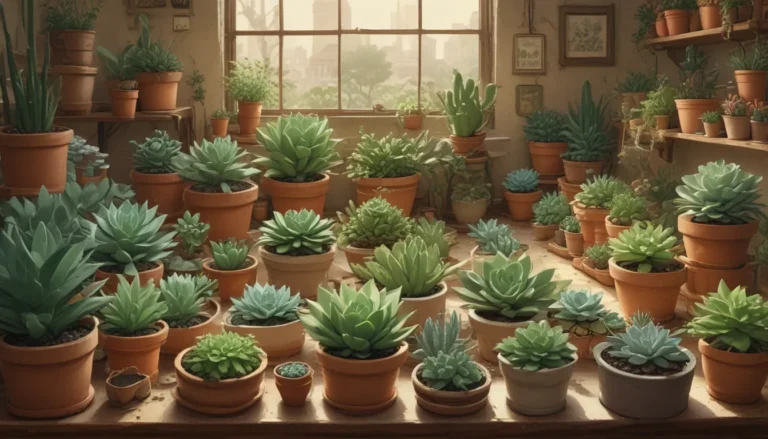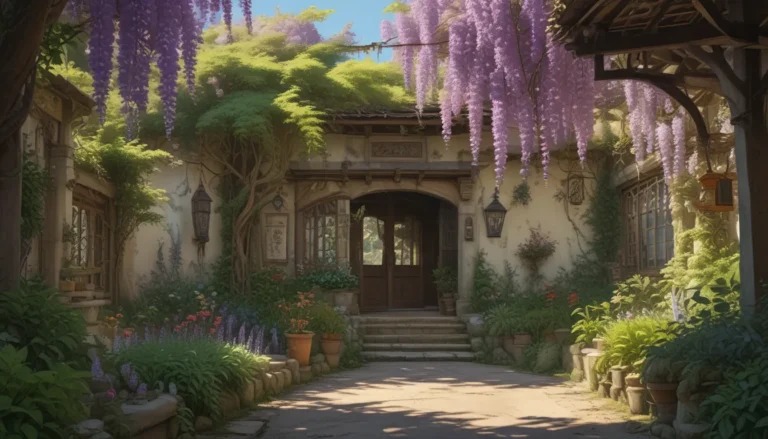Understanding Camellia Leaf Damage: What’s Eating Your Plants and How to Take Action

Camellias are truly a sight to behold with their glossy, deep green leaves that add beauty to any garden. However, these stunning plants often fall victim to various insects that see their leaves as a tasty treat. If you’ve noticed unsightly holes in your camellia leaves, it’s essential to address the issue promptly to maintain the health and appearance of your plants.
In this comprehensive guide, we will explore seven common pests that feed on camellia leaves and provide you with effective strategies to combat these pesky invaders. Let’s dive into the world of camellia leaf damage and learn how to protect your plants from harm.
7 Common Camellia Pests That Chew Holes in Leaves
- Black Vine Weevil
- Cambium Curculio
- Cranberry Rootworm Beetle
- Fuller Rose Beetle
- Grasshopper
- Leaf Beetle
- Strawberry Root Weevil
Now, let’s take a closer look at each of these pests and how you can mitigate their impact on your camellias.
1. Black Vine Weevil
Black vine weevils are notorious leaf-chomping pests that can cause significant damage to camellias. While adult weevils feed on the leaves, their larvae pose a more severe threat by consuming the roots and weakening the plant. To tackle these pests effectively, consider implementing the following strategies:
- Use sticky traps to capture adult weevils.
- Apply beneficial bacteria (Bacillus thuringiensis) or parasitic nematodes to the soil to target the larvae.
2. Cambium Curculio
Cambium curculio beetles feed on camellia foliage and lay their eggs in the bark, leading to larvae tunneling between the cambium and inner bark. To combat these pests, employ a two-step approach:
- Use a product containing Beauveria bassiana to target the adults.
- Alternate with pyrethrin-based products to control beetle populations effectively.
3. Cranberry Rootworm Beetle
Despite their name, cranberry rootworm beetles are known to damage a variety of woody landscape plants. While these beetles can cause cosmetic leaf damage, it’s essential to address the larvae feeding on the roots. Implement the same control methods as for black vine weevils to manage these pests effectively.
4. Fuller Rose Beetle
Fuller rose beetles are versatile pests that target roses, camellias, and other ornamental plants. Control their populations by pruning lower branches, using sticky bands to trap adults, and introducing natural predators such as parasitic wasps and assassin bugs.
5. Grasshopper
Grasshoppers are opportunistic feeders that can wreak havoc on gardens if left unchecked. While they may not pose a severe threat to camellias, their feeding can result in ragged leaves. Utilize biopesticides like Nola Bait or garlic-based repellents to deter grasshoppers effectively.
6. Leaf Beetle
Oval leaf beetles feed on camellia foliage, creating distinctive holes similar to other leaf-chomping pests. Treat these beetles using the same methods as for black vine weevils to protect your plants.
7. Strawberry Root Weevil
Strawberry root weevils are another common pest that can damage camellias by feeding on the foliage and roots. Employ sticky traps and beneficial nematodes to control both adult weevils and larvae effectively.
By understanding these common camellia pests and implementing targeted control strategies, you can protect your plants from damage and ensure they continue to thrive in your garden.
Help Your Camellias Thrive
Once you’ve identified and addressed the pests damaging your camellias, your plants will begin to recover. While damaged leaves may not return to their original state, the plant will eventually produce new, healthy foliage. Remember to share your experiences and tips for managing camellia pests in the comments below.
If you’re passionate about growing gorgeous camellias, check out our other informative guides on troubleshooting common issues like bloom failures, container gardening tips, and propagation techniques. Stay tuned for more expert advice on nurturing your camellia plants to perfection.
I hope this comprehensive guide has equipped you with the knowledge and strategies needed to protect your camellias from leaf-chomping pests. Let’s work together to keep your garden thriving and beautiful.





